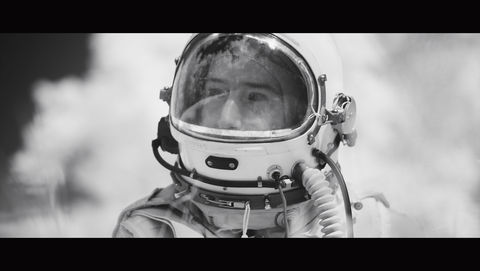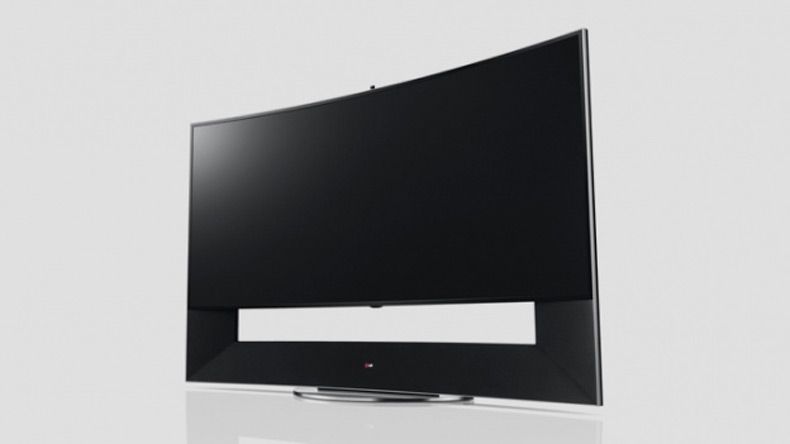

But today, HT content is often provided at precisely the AR chosen by the DP and Director. Even well positioned projectors were usually masked down from 2.35:1 to 2.39:1 for scope presentation to get rid of interframe ‘noise’, which SMPTE recognized a few years in as everyone was doing it. Aspect ratios yes projectionists have long been challenged by poor projector locations that required tilt and then cropping with an aperture mask to hide the keystone distortion.

Today I was struck by 3 of RH’s recent posts.ġ. Our mutual friend, Kevin Miller first told me about RH many years ago, and I’ve followed here ever since. What a blessing to have in our midst someone so passionate, so connected to the process, and so expert in the art and science of movies. I'm simply stating that within rational parameters, a few lines of information don't matter.Ī few words about RH’s few words. While I'm not suggesting that aspect ratios don't matter, for in the general sense, they do. What this means is that attaining a 1.85 aspect ratio can mean cropping the top and bottom of a frame, or just as likely exposing a bit more of the sides to create a slightly wider image.Īnd the viewer is seeing the same shape, or aspect ratio, with different information. For no matter how hard he or she might try, they were still dealing with that same old trapezoid. Perfection was the last thing on a projectionists' mind. When it comes to home video, we're usually seeing far more of the frame than was ever seen theatrically, and the shape that's carved out of the available real estate can be far different than seen in theaters.
5k cinescope aspect movie#
In the case of those beautiful old movie houses, they would have been cut into the shape of an inverted trapezoid, in order to attain a rectangle on screen.Īnywhere from five to twenty percent of the image might be lost in creating that shape. It mattered not precisely what the aspect ratio was, as long as an image, in basically the desire shape hit the screen, as the aperture plate cut for the projectors, would never have been the exact aspect ratio anyway. Image a huge old theater, a beam of light projecting an image on a screen forty feet below the booth and one hundred fifty feet away. Nothing more.ĭoes it matter, aside from possibly exposing something in the frame (an actor's marks, a microphone) it makes no difference if a home video release fills out a projector display or flat panel at 1.78 or arrives in 1.85.Īnd that is because in original theatrical presentations, aspect ratios were a guide, and that was all. In the most general sense, aspect ratios don't matter.Īnd by that, I mean that with specificity, while a film originally released in 2.55 or 2.1 or 1.66 should certainly follow the intent of the filmmakers, that it doesn't matter precisely how closely.Īspect ratios are basic shapes. While I've covered this in the past, here (once again) is the simple answer. I recently received a message querying the concept of aspect ratios, and why I seldom make note of them.


 0 kommentar(er)
0 kommentar(er)
